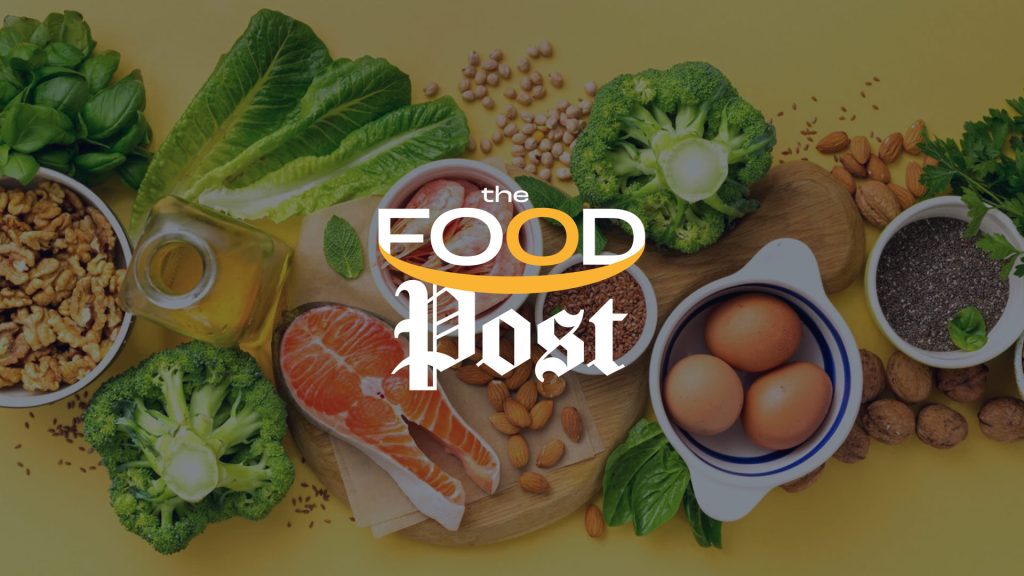Girl Scout cookies, beloved for varieties like Thin Mints and Samoas, draw millions of buyers annually, but a 2024 study and lawsuit have raised concerns about heavy metals, pesticides, and sustainability, challenging the treat’s wholesome reputation.
A 2024 study conducted by GMOScience and Moms Across America analyzed 25 Girl Scout cookie samples, detecting trace amounts of heavy metals — arsenic, cadmium, lead, mercury, and aluminum — along with glyphosate, the herbicide found in Roundup. These findings prompted a class-action lawsuit filed in March 2025 by New Yorker Amy Mayo against Girl Scouts USA and bakers Ferrero and ABC Bakers. Seeking $5 million. The suit alleges the contamination poses health risks.
Stephanie Seneff, a senior research scientist at MIT’s Computer Science and Artificial Intelligence Laboratory and coauthor of the GMOScience study, expressed concern about the presence of toxic contaminants in Girl Scout cookies. Her team’s analysis, which was not published in a peer-reviewed journal, reported that all samples tested positive for glyphosate, with Thin Mints showing the highest levels at 111.07 parts per billion, and 88 percent of samples containing all five heavy metals tested. The EPA sets a daily glyphosate limit of 0.1 mg/kg body weight for children, meaning a 70-pound child could safely consume levels far exceeding those found, as the study’s highest glyphosate level is well below this threshold. Seneff suggested the findings highlight a broader issue of toxins in food, though she noted uncertainty about whether the metal levels were definitively harmful.
The Girl Scouts maintain that their cookies comply with FDA and EPA safety standards, a stance supported by their Feb. 2025 blog post asserting no food safety concerns. Toxicologist Joe Zagorski from Michigan State University, speaking to NPR this month, dismissed the study’s alarmist tone, noting a 70-pound child would need to consume 73,000 Thin Mints daily to reach a harmful glyphosate level.
Sustainability and ingredient controversies
Palm oil, used in most cookie varieties, has drawn environmental and ethical scrutiny. A 2020 New York Times investigation tied palm oil to child labor in Indonesia, and a 2022 Greenpeace report flagged deforestation links. The Girl Scouts partner with the Roundtable on Sustainable Palm Oil (RSPO) to source certified supplies, though critics argue RSPO standards are inconsistent. Palm oil is standard in many snacks, like Oreo cookies and Ritz crackers, but Girl Scout efforts to improve sourcing remain under review, with no public updates since 2023.
Past recipes used partially hydrogenated oils, phased out after the FDA’s 2015 trans fat ban. Current formulas include “natural flavors” and preservatives like sodium metabisulfite, both FDA-approved but debated by clean-eating advocates. These additives appear in countless products, from cereals to sodas, though their vague labeling frustrates some consumers.
Nutritionally, the cookies have also raised eyebrows. A serving of Thin Mints of four cookies delivers 160 calories, 8 grams of fat, and 10 grams of sugar, according to USDA data, while Samoas have 140 calories, 7 grams of fat, and 11 grams of sugar. The CDC’s 2020-2023 data connects excessive sugar intake to obesity and diabetes, affecting 41.9 percent and 14.7 percent of U.S. adults, respectively. The USDA’s MyPlate guidelines recommend limiting added sugars to 10 percent of daily calories — about 50 grams for most adults — meaning four Thin Mints make up 20 percent of that allowance.
(To sign up for a free subscription to Food Safety News, click here.)

